you can certainly use a tripod at any distance

the trick is that you have to have a still subject to let you setup - if not then a lure to attract the bugs to you (honey can workwell as will rotting fruit).
You will need a good pro end tripod with a very low max height as well as a rock steady tripod head (the manfrotto junior geared head is a fantastic solid and good head for macro work) as well as a focusing rail so that you can move the camera further and closer to get focus
As for your shots I like what I see - the best is your maggoty thing where you have the focus right on the head/eyes and the subject is well lit (the frist shot the beetal is hiding and the spider makes for a tricky exposure for you)
As for shake its a constant macro difficulty and only practice will help you in the long run. There are some tips though, try to relax yourself when shooting to reduce shake = also use manual focusing for these shots and move back and forth gently and then when the focus is at thebest spot hit the shutter; also with AF off half depress the shutter button whilst focusing, that way you don't have to press it as far when you go to shoot
As for making a shot smaller you can resize the shot to a smaller number of pixels on the longest side (say 600, 720, 800, 1000) and then add a slight bit of sharpening to the shot (since you lose some sharpness when resizing) and then save the shot.
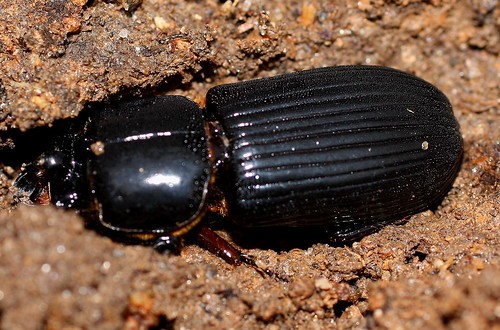
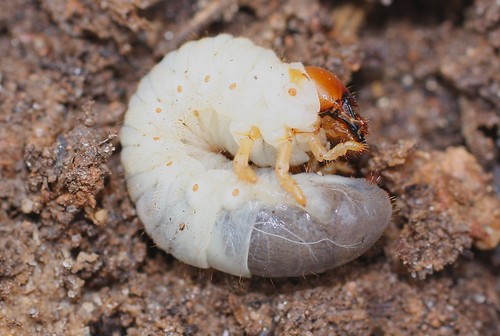
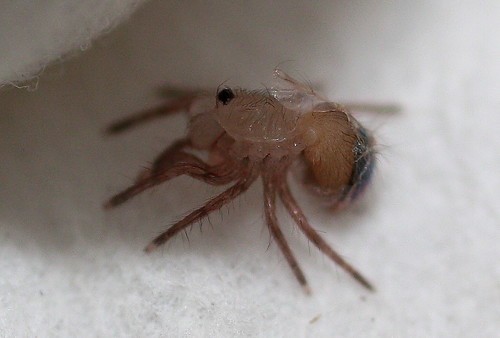




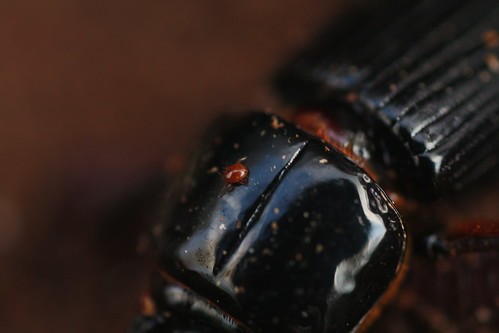
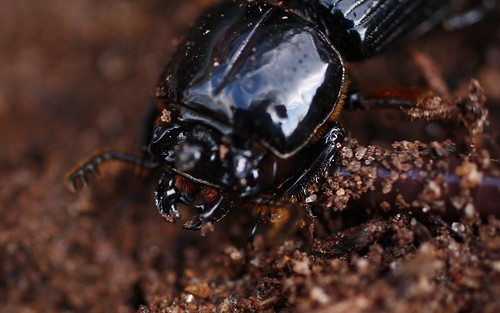
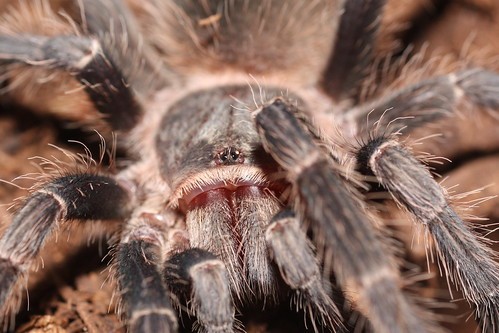
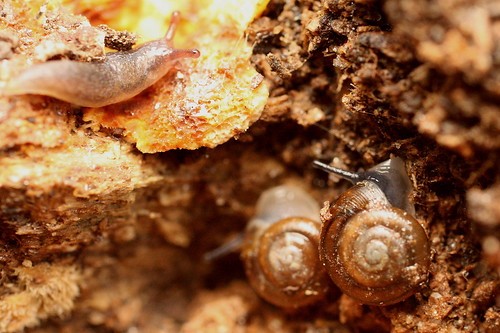




![[No title]](/data/xfmg/thumbnail/40/40292-bee9ec3dc0cd7f6c47df7466ae1fa3d2.jpg?1734174705)




![[No title]](/data/xfmg/thumbnail/40/40288-4d5d7a8aa74ddfceb5fb82062d9b21be.jpg?1734174702)
![[No title]](/data/xfmg/thumbnail/31/31096-b9b8d52b45753cd4f9251832149ef9da.jpg?1734159254)

